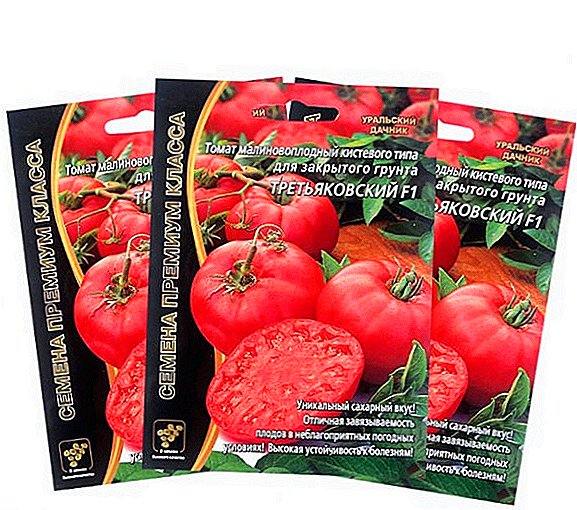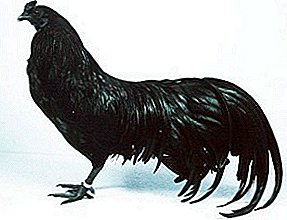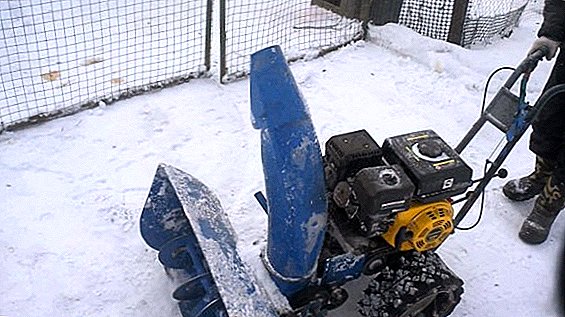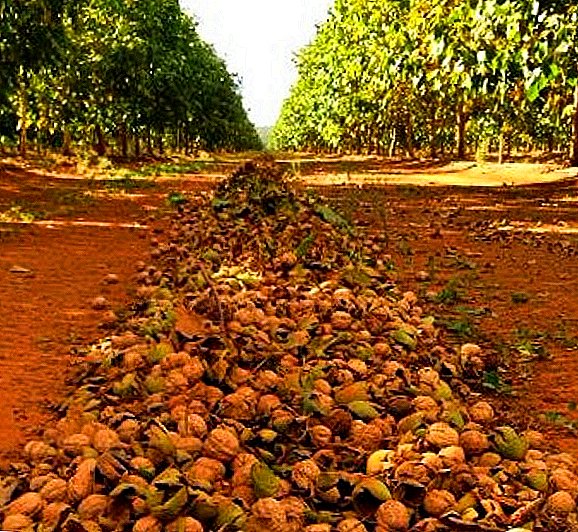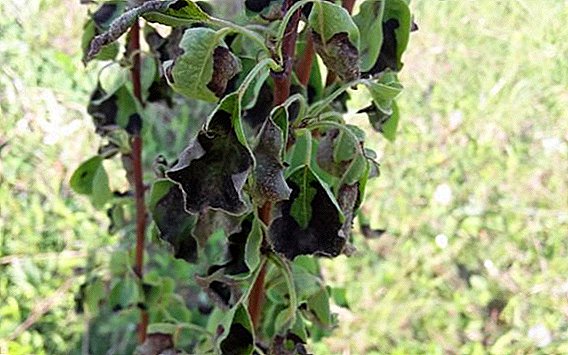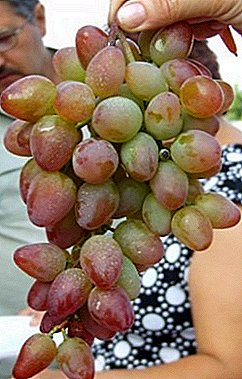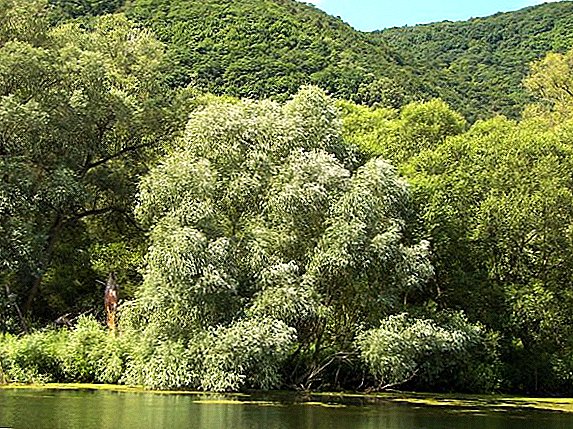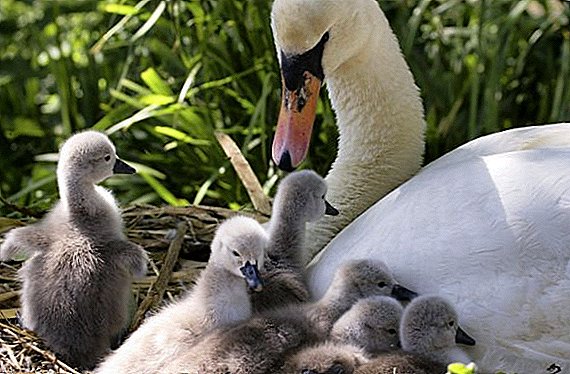 Swans symbolize conjugal loyalty. And not in vain: having found a couple, they remain faithful to each other all their lives. Besides, they are good parents.
Swans symbolize conjugal loyalty. And not in vain: having found a couple, they remain faithful to each other all their lives. Besides, they are good parents.
Bringing the offspring, a swan couple together takes care of their chicks until they become adults. Let's take a closer look at these beautiful birds: how they build their family and raise the younger generation.
What is the name of the swan chick
Swan cubs are called differently, but not all names are correct. Goose, duck, chicken - inappropriate names. The swan is, of course, a relative of ducks and geese, but it is very different from them. Dahl’s dictionary offers the variant “swan-dog”, and Ozhegova - “swan” in the singular, “swan” - in multitude. It would not be a mistake to call them "chicks" and "cubs".
When swans hatch chicks
In the world there are only 7 species of swans. And they are all monogamous birds: they find one partner for living together and do not change him every year. The couple does not "divorce" and annually breeding chicks together. 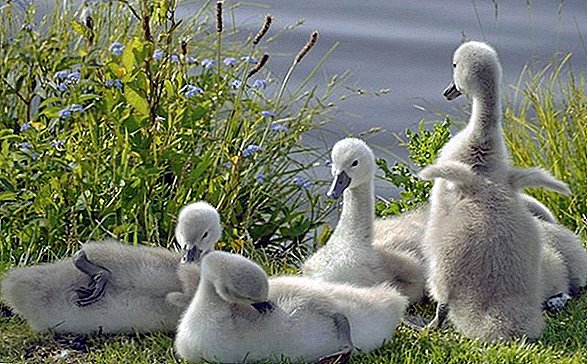 After the death of one of the spouses, the widower finds himself a new couple. If an accident occurs during the incubation of eggs, then the widowed parent does it alone. He stays with his babies until they mature.
After the death of one of the spouses, the widower finds himself a new couple. If an accident occurs during the incubation of eggs, then the widowed parent does it alone. He stays with his babies until they mature.
The beginning of the mating season
According to the habitat, all types of swans can be divided into two groups - northern and southern. Northern species living in Eurasia and North America begin the mating season almost immediately after returning home from wintering, that is, in March or April. These include the Whooper, Mute Swan, Trumpeter, American Swan and Tundra. The southern group has a different schedule.
Learn more about the types of swans, as well as how many birds live in nature and at home.
Black-neck swans live in South America. They mate during the southern winter, beginning in July and ending in November. The Australian black swan prefers to start a family and have children in the rainy season. Therefore, depending on the area, the marriage period of the black beauties lasts from February to August.  It is interesting to watch the love games, or toking, of these beautiful birds. Especially beautiful is the wedding dance of spines, during which beloveds circle the water, rub their breasts, dip their heads in the water, twist their necks gracefully, and, touching each other with their beaks, form their graceful necks. It is noteworthy that, unlike other species that "dance" on the water, the tundra swan arranges a demonstration performance before his chosen one on land.
It is interesting to watch the love games, or toking, of these beautiful birds. Especially beautiful is the wedding dance of spines, during which beloveds circle the water, rub their breasts, dip their heads in the water, twist their necks gracefully, and, touching each other with their beaks, form their graceful necks. It is noteworthy that, unlike other species that "dance" on the water, the tundra swan arranges a demonstration performance before his chosen one on land.
Did you know? Black swans have the same gay marriage of two males. After the eggs are incubated, the female is kicked out of the nest. The education of offspring involved "dad".
Nesting and withdrawal
Swan's nest is a huge pile of 0.6-1 m in height and 2-4 m in diameter. The building material is grass, branches, reeds and any other vegetation. Construction is usually engaged in the female. She builds a family nest on the shore of a reservoir near water or on water. Tundra swans are different in that they arrange their homes on high ground. Before laying eggs, the swan house is insulated with fluff.  Hatching goes in different ways. Sometimes the partners take turns taking eggs (black and tundra). Sometimes the female incubates itself, and the father of the family is nearby at this time and protects the nest and the area around from aliens.
Hatching goes in different ways. Sometimes the partners take turns taking eggs (black and tundra). Sometimes the female incubates itself, and the father of the family is nearby at this time and protects the nest and the area around from aliens.
Read about how swans build nests.
At this time, the males become aggressive and attack everyone who invades their possessions.  After 14-20 days, the female lays eggs and does it gradually. Depending on the species and age of a bird in a clutch, it can be from 1 egg (if it is the first time) to 10. Eggs are often painted in protective colors (greenish, yellowish, dirty gray), less often - in white. The incubation period lasts from 30 to 40-50 days. Hatching can also occur gradually with an interval of 1-3 days.
After 14-20 days, the female lays eggs and does it gradually. Depending on the species and age of a bird in a clutch, it can be from 1 egg (if it is the first time) to 10. Eggs are often painted in protective colors (greenish, yellowish, dirty gray), less often - in white. The incubation period lasts from 30 to 40-50 days. Hatching can also occur gradually with an interval of 1-3 days.
Important! For the breeding of the swans, silence is very important. If the neighborhood is very noisy, for example, from many other animals, they may not even hatch.
What does a swan chick look like
Adult birds of different species differ in plumage color. They are white, black and black and white. But the swans of all kinds look almost the same. They are dressed in downy coats of gray, light gray and gray-brown shades. Due to such a low coloring of chicks, it is easier for parents to hide them from predators. The first feathers of teenage swans are also painted a protective color. With the feathers of the “adult” color, the cubs will be covered only with the onset of puberty at the age of three (before the spring flight). 
Rearing chicks
Not only mom, but also dad-swan is engaged in breeding chicks. In the event of the death of one of them, the surviving parent himself can perfectly cope with this responsibility. It is interesting to observe how a pair of black swans distributes parental responsibilities. Nestlings hatch within a few days. While the mother is sitting on the eggs remaining in the nest, dad at this time brings the older ones to the water.
The necessary conditions
In captivity, swans are also raised. At the same time they need to create conditions as close as possible to the natural habitat. The necessary conditions:
- a large reservoir with an aviary: preferably a natural pond (but not a pool), whose shores are gentle and overgrown with vegetation;
- overall nest in which the whole family fits: you can provide building material (a bunch of different vegetation), and the birds themselves will be engaged in building;
- It is desirable to have both parents, with whom the chicks are inseparable the first six months.
 If the swan family does not fly away for the winter, you need to prepare a winter house for it, in which all the livestock will be able to hide from rain, snow and frost.
If the swan family does not fly away for the winter, you need to prepare a winter house for it, in which all the livestock will be able to hide from rain, snow and frost.
Important! Swans need to swim in summer and winter. In order to prevent the pond from freezing in cold weather, it must be equipped with a compressor that will ensure the constant movement of water..
What to feed the little swans
The first "steps" kids do in the water and immediately begin to get their own food:
- vegetable: duckweed, small algae;
- animal trifle: the larvae of various insects, fry, small crustaceans, invertebrates, living at the bottom of the pond.
The hunt for food takes place near the shore, in shallow water, where the swans can dive on their own.  In the conditions of the household, care should be taken that the menu of future swans and their parents is varied and balanced. The menu should include:
In the conditions of the household, care should be taken that the menu of future swans and their parents is varied and balanced. The menu should include:
- Animal feed: chopped meat, boiled eggs, moss, bone meal, live fry, dairy products;
- plant food: duckweed, grass meal, mixed fodder, cereals (millet, millet, corn), vegetables (cabbage, carrots, lettuce), root vegetables.
How is the learning process
Parenting and education involved parents. For the first 5-6 months, the swans are not excommunicated. Mom and dad together take care of the kids, help get food, protect from birds of prey and animals. The learning method used by all swans is an example of its own. The skills that a parent couple teaches their young:
- swimming laid on an instinctive level: right after birth, babies, following the parent, flop into the water and feel like “fish in water”, while the thick fluff protects them from cold water;
- getting food: Observing how mother lowers her long neck into the water and pulls out something delicious, the swans repeat after her, diving under the water and finding some kind of treat at the bottom of the shallow water;
- flying: nestlings will be able to fly only after the first molt (down is replaced by feathers), then they are ready to make seasonal flights for their parents.
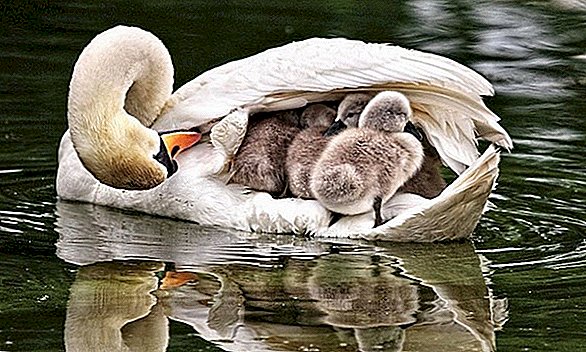 You can often see a picture: a swan is swimming, and on his back between his wings all his offspring have perched. On this convenient and reliable "ship" chicks can get warm and relax after a tiring swimming.
You can often see a picture: a swan is swimming, and on his back between his wings all his offspring have perched. On this convenient and reliable "ship" chicks can get warm and relax after a tiring swimming.
How is molting young
Shedding takes place in two stages:
- The change of fluff with a “teenage” feather is gray-brown in color, after which the younger generation begins to fly.
- The “teenage” plumage is replaced by an “adult” with a color characteristic of the species.
 The first molt in all species occurs at different times:
The first molt in all species occurs at different times:
- a small or tundra swan fishes earlier than the others (in 45-50 days): this is due to the short northern summer, for which he needs to have time to lean and get ready for a long flight;
- black-swan offspring molts at 3 months;
- the spikelet cubs are clothed with feathers at the age of 100-120 days, after which they can be separated from their parents;
- young blacks change their down to feathers in 5-6 months.
When the chick can be called an adult swan
The second time the birds molt only in the third or fourth year of their lives. In the process of shedding, the gray plumage of pure white or black comes to replace the gray “teenage” feathers. External changes are associated with puberty and the willingness to create your own family. Some swans are looking for a life partner before the spring migration, others create a pair after the flight, at the nesting site.
Get acquainted with the features of breeding swans at home.
Swans are the most beautiful birds. No wonder they are sung in poetry and music. But their everyday life is not so romantic. For many decades now, swans have been recorded among endangered species in the Red Books of different countries. Love birds really need human care.


